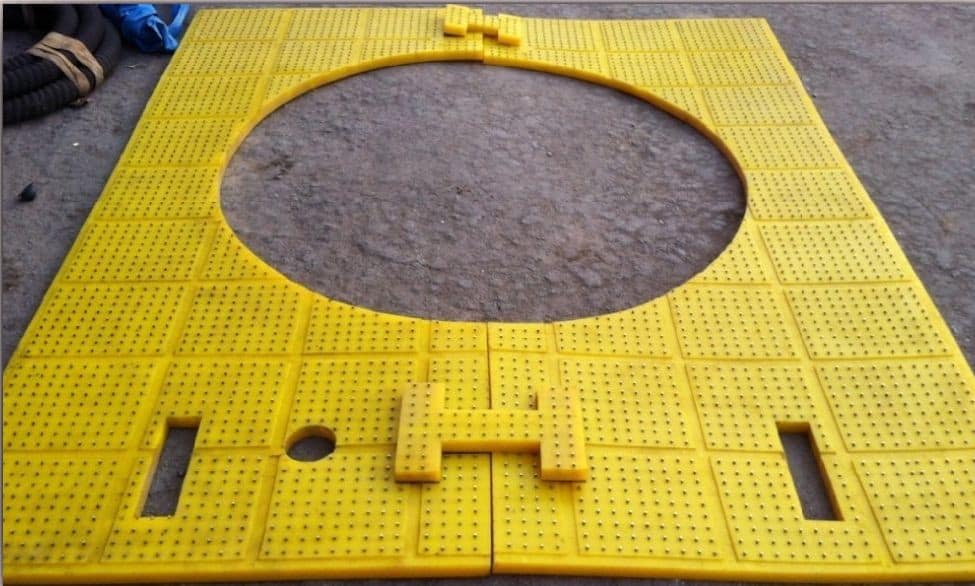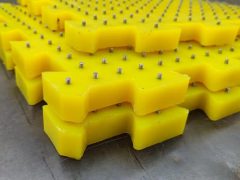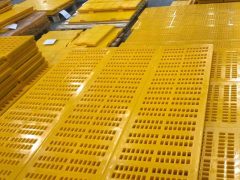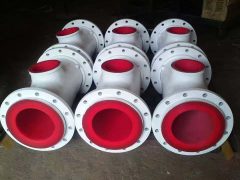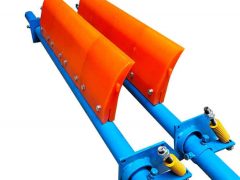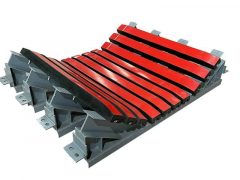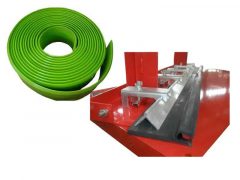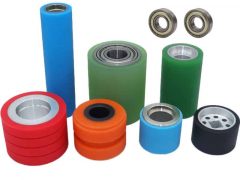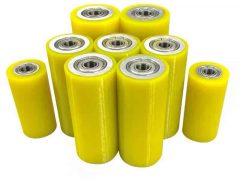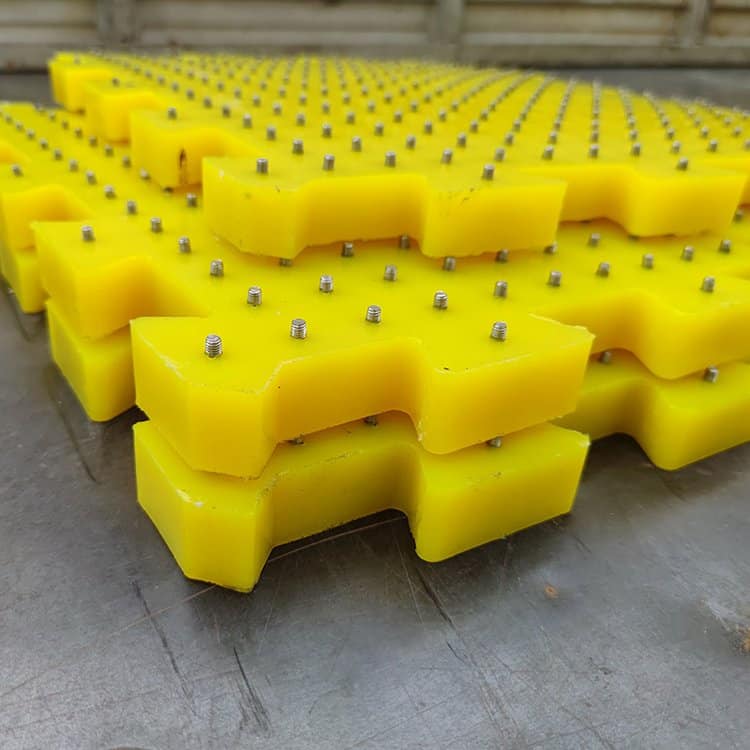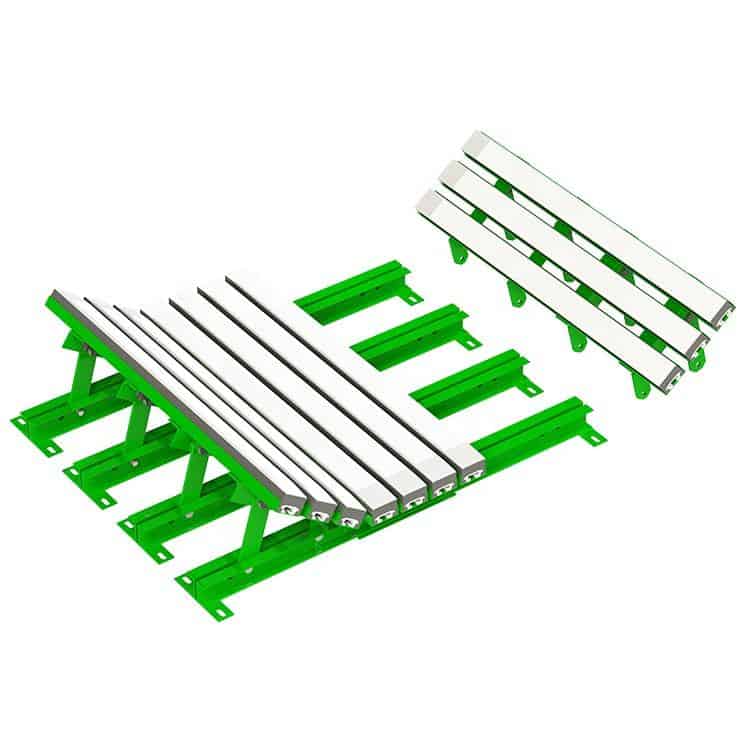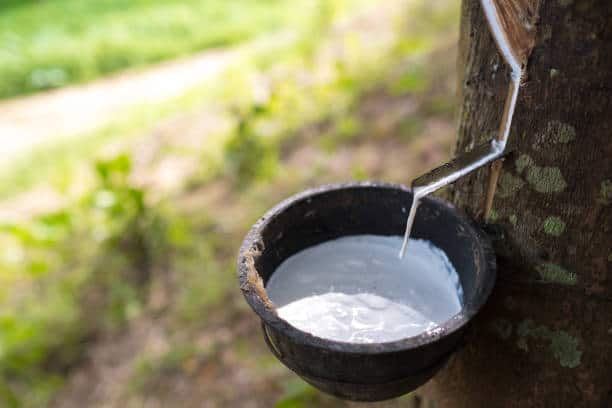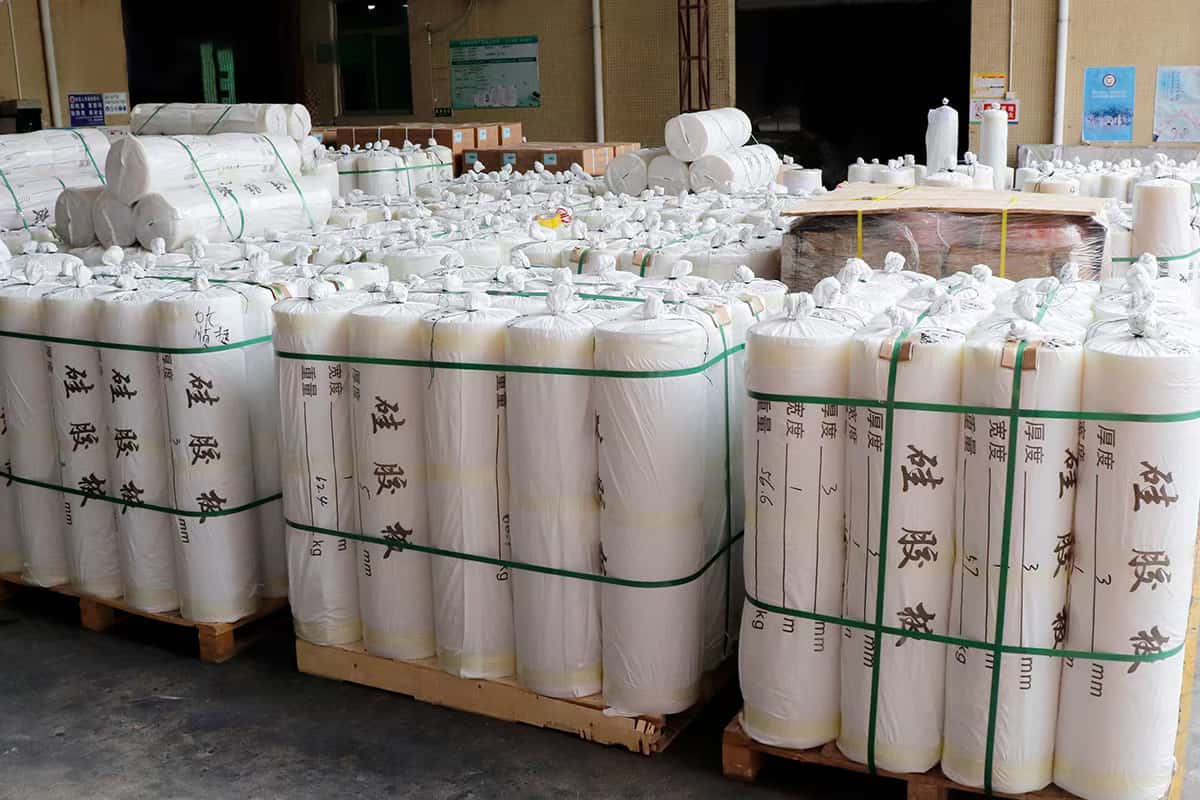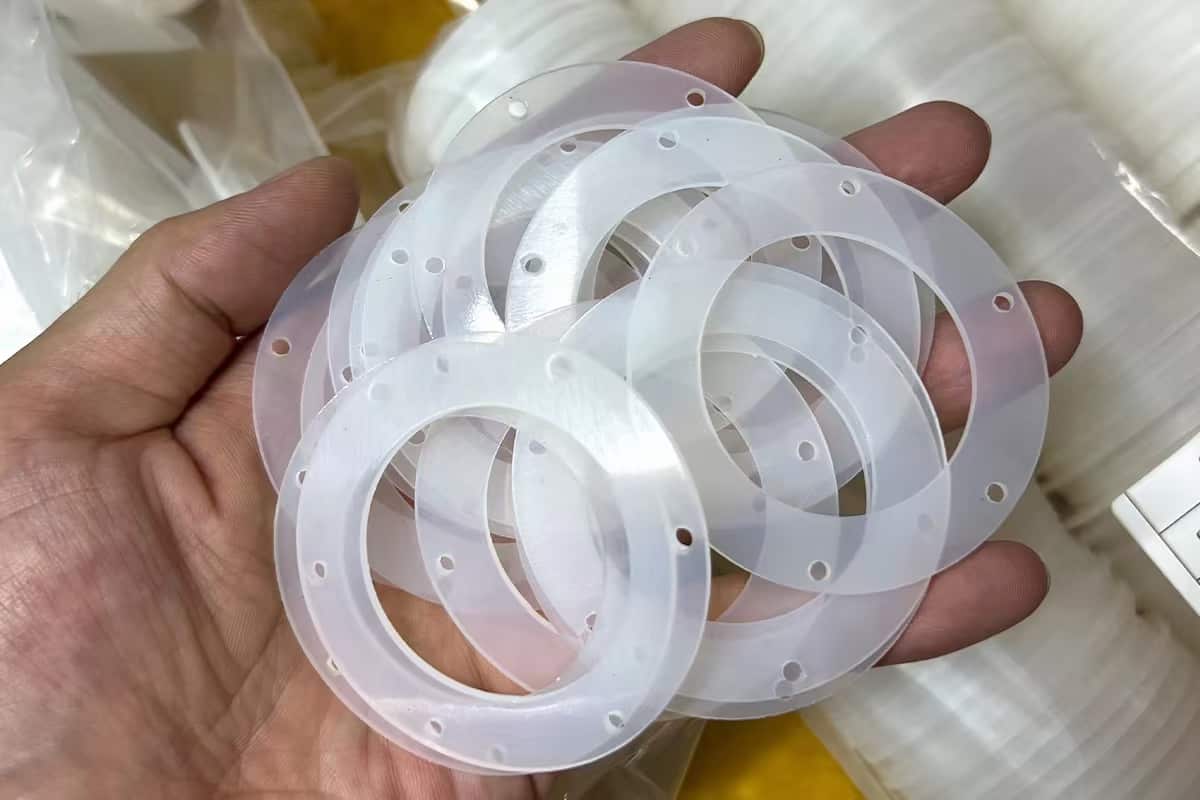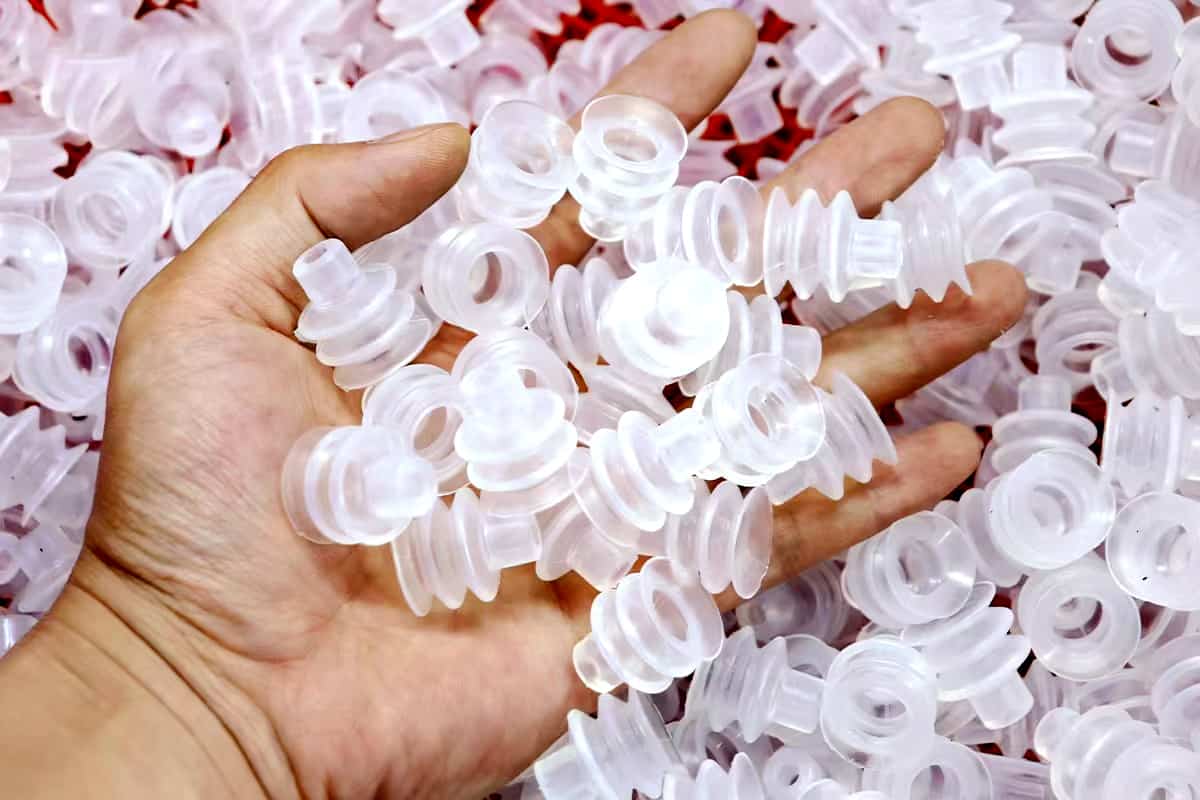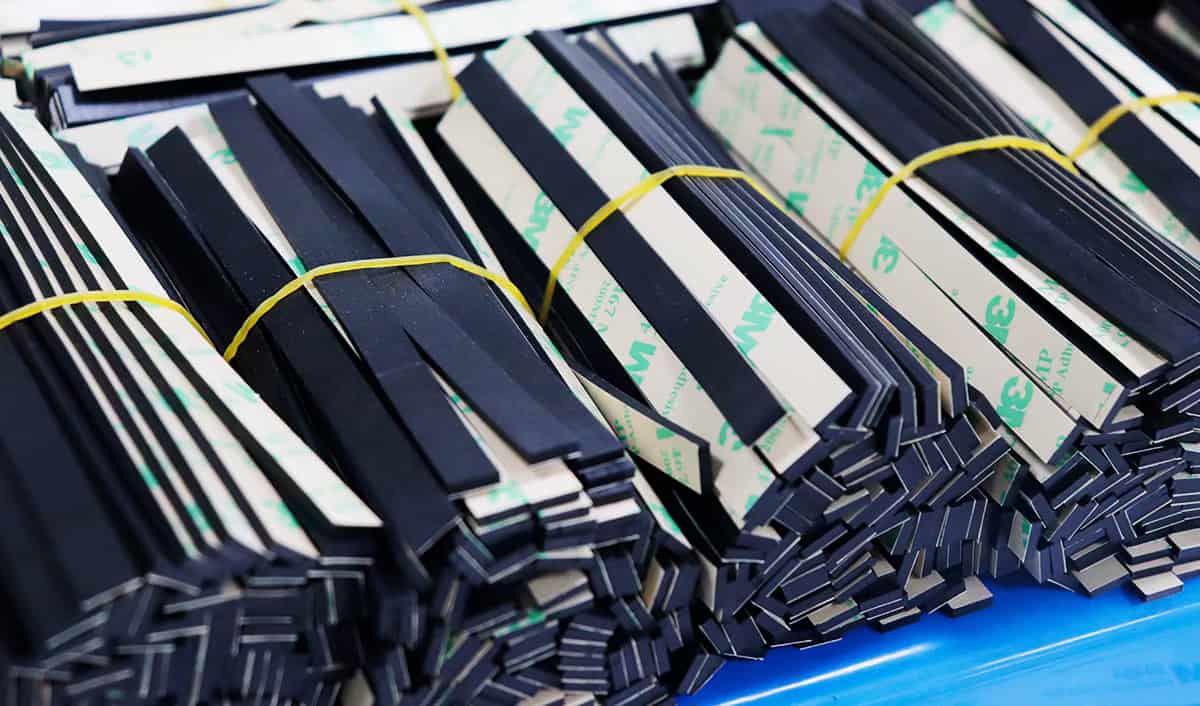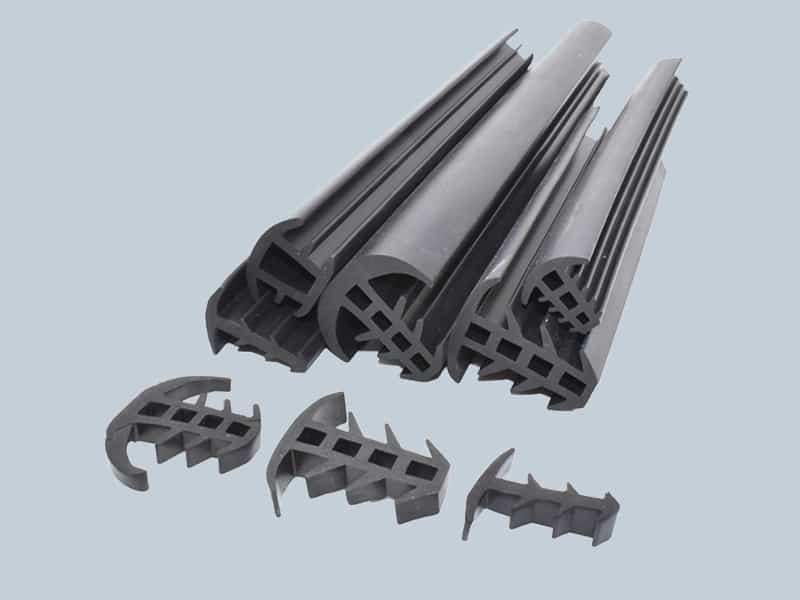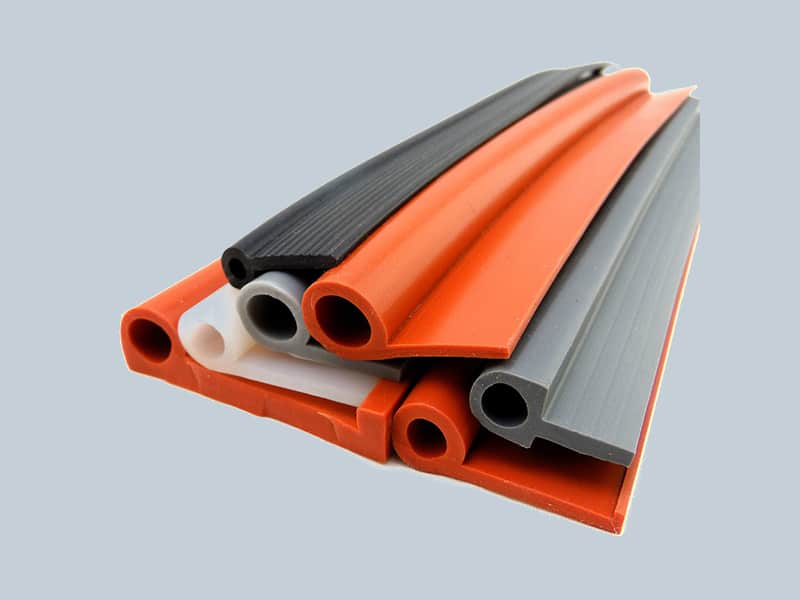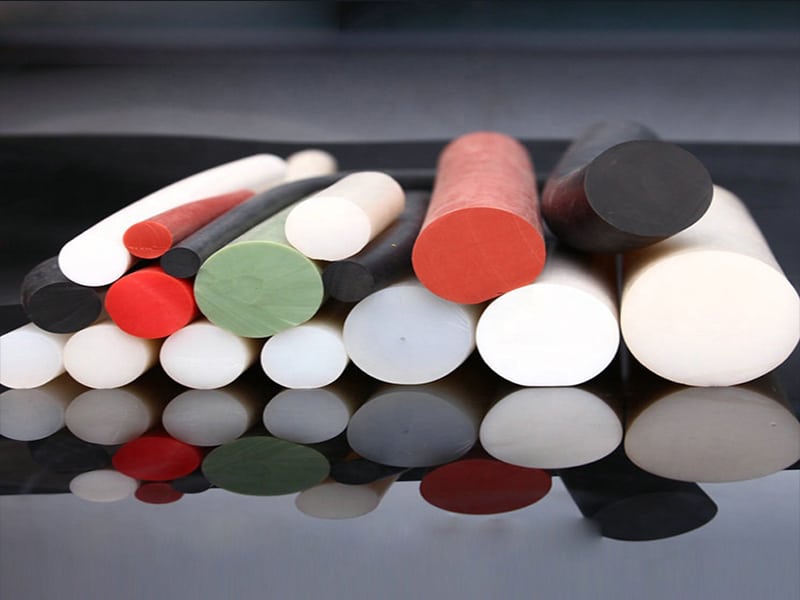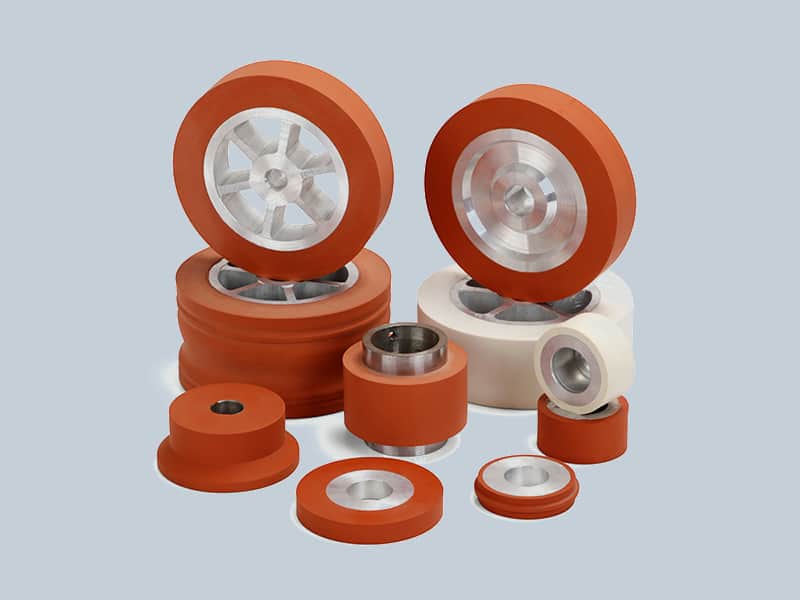Oil Rig
An oil rig is a platform used to extract and process crude oil and natural gas. It is typically located offshore in deep ocean waters, but can also be found inland. In order to prevent falls on an oil rig, it is important that the personnel use safety equipment such as harnesses, lanyards and lifelines when working at height or near hazardous areas such as open shafts or stairwells. Additionally, flooring must be regularly checked for hazards such as loose boards or slippery surfaces that can cause slips or trips. Appropriate barriers must also be installed around open pathways to ensure personnel do not accidentally fall over an edge. Finally, a well-defined emergency evacuation plan should be established so workers know what actions they should take if a fall occurs on the rig.
1. Safety Risks: Trips, Slips, Falls
Trips, slips and falls can occur on an oil rig due to poor footing, wet or oily surfaces, or other environmental factors. To reduce the risk of these types of accidents, employers should conduct regular inspections of the oil rig to identify any potential hazards. Additionally, it is important for workers to wear proper footwear with good traction and use fall protection equipment such as safety harnesses when necessary. Employers should also ensure that walking paths are kept clear from debris and obstacles in order to reduce the likelihood of tripping.
In addition to regularly inspecting the oil rig for hazardous conditions and keeping pathways clear, employers should also require workers to take frequent breaks in order to stay rested and alert while on the job. This will minimize fatigue-related incidents which can increase the chances of a trip or slip occurring due to distraction or lack of attention. Furthermore, employers should provide effective training around safe work practices and hazard recognition in order to ensure that workers are aware of potential risks associated with working on an oil rig.
Finally, if a trip or slip occurs on an oil rig despite preventive measures being taken by employers it is important that they have procedures in place for reporting such incidents so that they can be investigated thoroughly and corrective action taken where needed. This will help prevent future accidents from occurring by identifying any underlying issues which may have led up to the incident taking place in the first place.
2. Hazards: Unstable Surfaces, Uneven Steps
Unstable surfaces can be a significant hazard on oil rigs, as oil and other contaminants can create slick sections. It’s important to use caution when walking around outside of the rig, as any slip could lead to serious injury or worse. Additionally, uneven steps can cause problems for workers on the rig. Uneven steps that are not properly maintained can create an unstable walking surface and increase the risk of falls. It is important to regularly inspect all stairs and ensure that they are free from debris or loose boards that could pose a tripping hazard. To help prevent trips and falls, it is also important to keep walkways clear of clutter and equipment so that people can easily navigate around them without obstruction. All uneven steps should be marked off with proper signage so that workers know in advance where these hazards exist.
3. Protective Measures: Personal Gear, Rails & Handles
Personal gear such as safety harnesses and hard hats provide additional protection against falls. Safety harnesses should be worn at all times, including when climbing ladders or crossing walkways. Hard hats should also be worn to protect the head from bumps and scrapes, as well as debris that may be kicked up by workers operating machinery in the area. It is important for any workers on an oil rig to always wear the necessary safety gear and make sure it is properly fastened before beginning work activities.
Rails are also present on oil rigs to help prevent falls from occurring; they should be installed along walkways and around the edges of balconies or other elevated platforms. Railings are often made out of strong materials like steel or aluminum, so they can withstand harsh conditions without corroding over time. Additionally, handles can be added for extra stability when traversing a hazardous environment. Handles should be securely installed at intervals along railings in order to provide extra support while walking across slippery surfaces or through dangerous areas with potential fall hazards.
4. Protocols: Training & Instruction
Polyurethane is an ideal material for making rig safety table mats because it offers superior resistance to chemicals. Its high chemical resistance means that the mats can be safely used in areas with corrosive materials and harsh cleaning agents without fear of degradation or damage. Additionally, polyurethane is able to retain its strength when exposed to a range of temperatures and humidity levels, meaning that the mats will remain functional regardless of environmental conditions. Furthermore, polyurethane has excellent abrasion resistance, so it will be able to withstand wear and tear from daily use. This makes it well-suited for being used on rough surfaces such as drilling rigs and oil platforms while still providing optimal safety protection. Polyurethane’s combination of strength, flexibility, durability and chemical resistance make it an excellent choice for making rig safety table mats.
5. Prevention Strategies: Regular Maintenance & Cleaning
Regular maintenance and cleaning are essential in preventing falls on an oil rig. Regular inspections should be conducted to identify any safety hazards that could contribute to a fall. This includes checking for insulation, ventilation, lighting and other areas that may need repair or replacement. In addition, all steps, platforms and handrails should be cleared of any debris or obstacles which could cause workers to trip or slip. Cleaning the rig should also be done on a regular basis to ensure that any slippery substances are removed from the floors, walkways and worksites. Workers should be provided with appropriate Personal Protective Equipment (PPE) such as non-slip shoes and harnesses when working at elevated heights. Any areas where there is water accumulation should also have proper drainage systems installed to prevent slips from occurring due to standing water. All employees must receive safety training related to proper fall prevention procedures before they begin work on the rig.
Conclusion: Preventative Practices Reduce Incidents
It is critical to implement preventative practices to reduce fall-related incidents on an oil rig. Fall arrest systems, such as lifelines, should be installed and tested regularly. These systems should include the appropriate safety equipment, such as harnesses and anchor points. All personnel must receive proper training in the use of this equipment and familiarize themselves with its installation and maintenance requirements. Additionally, hazard assessments should be conducted routinely to identify potential risks that could lead to a fall incident. Finally, any identified hazards should be addressed quickly by implementing preventative measures or removing them from the work environment altogether. In conclusion, implementing preventative practices can help reduce fall-related incidents on an oil rig and ensure a safe working environment for all personnel involved in operations.

